How to Make Lentil Flour
5.0
(6)
Your folders
Your folders
Prep Time: 5 minutes
Total: 5 minutes
Servings: 1
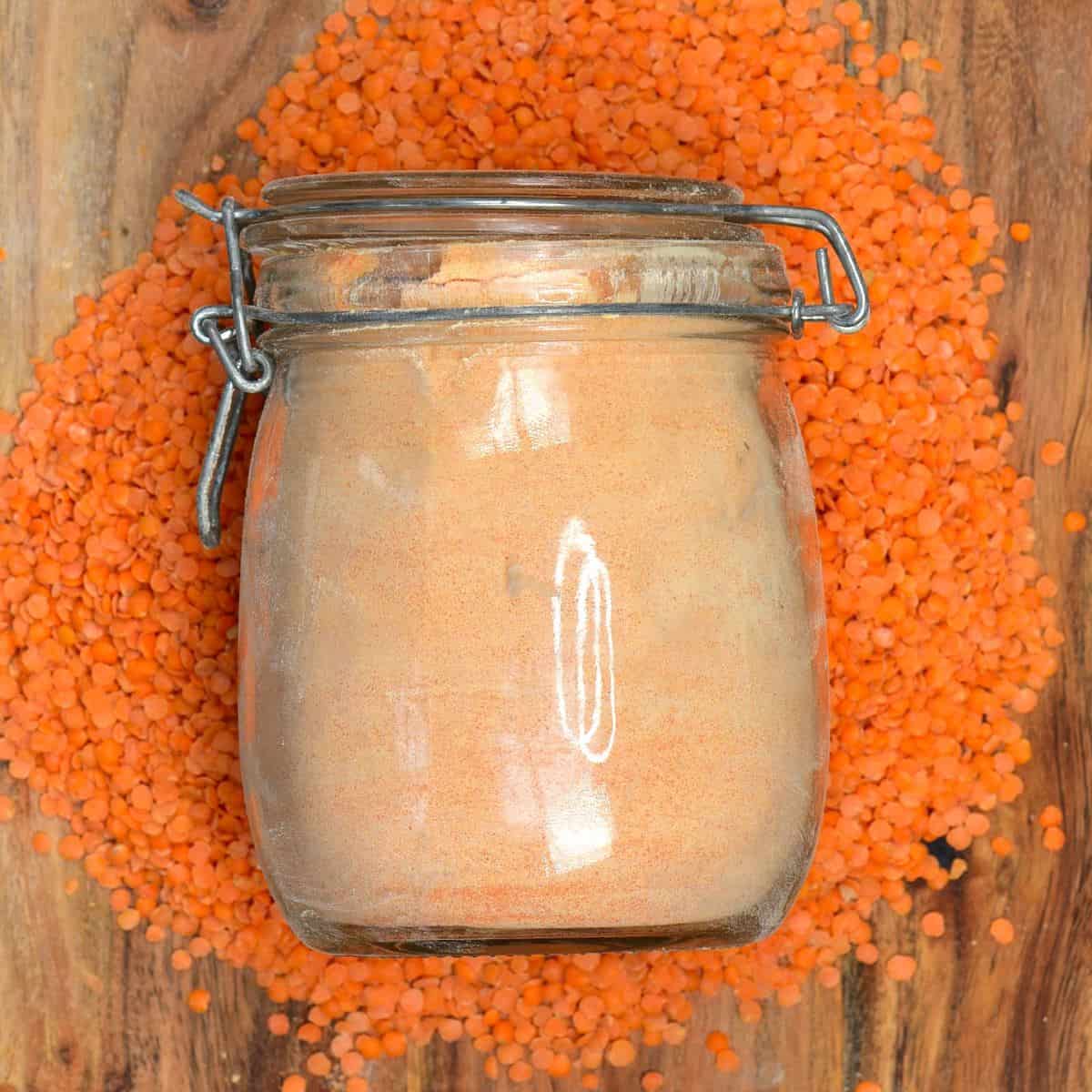
Ingredients
Export 1 ingredients for grocery delivery
Instructions
Step 1
Rinse your lentils well within a fine-mesh sieve. Remove any discolored lentils and any debris that may be in with the lentils.
Step 2
If you want to soak the lentils to decrease the effect of the anti-nutrients, you can do that at this stage.Place the lentils in a large bowl with enough water (room temp or cold) to cover them by 1-2 inches. Leave them to soak for around 4 hours, or overnight if preferred.Note* You can go one step further and essentially ’sprout’ the lentils, which is said to maximize the bioavailability of the vitamins, minerals, and nutrients within them. To sprout the lentils, you can follow the process outlined here - which will take 2-3 days.
Step 3
Once soaked, drain and rinse the lentils once more.
Step 4
Spread out across a large surface area (like baking trays lined with kitchen roll or a kitchen towel) and allow to either air-dry or you can place in a dehydrator or the oven (on the lowest temperature, with the door propped open with a wooden spoon) until fully dehydrated.If you've soaked the lentils, they will take longer to dehydrate - so be patient or use the oven/dehydrator method. As long as you use low heat, the lentils won't lose nutrients.
Step 5
This is technically an optional step, but if you want a more flavorful, nutty lentil flour, it's a good idea to toast the lentils lightly. You can do this with one of two methods.Place them in a large skillet and toast for a few minutes until fragrant but not burnt. This should take 3-5 minutes. Alternatively, lay the lentils across a baking tray and place in the oven for 10-12 minutes at 200ºC/400ºF, mixing them up halfway.Then allow the lentils to cool entirely.
Step 6
Transfer the lentils to your grinding tool of choice. You can use a high-speed food processor or blender (with a small jug), a mill, or a spice/coffee grinder. Depending on which tool you use, you may need to do this in multiple batches.If you’re using a food processor, it will take longer, and you’ll have to stop the machine to give it a break now and then. You also need to make sure that you add enough lentils to the jug, depending on the jug size. Otherwise, it simply won’t break down.
Step 7
Sieve the resulting powder, then return the larger bits to be re-ground. Once ready, transfer the lentil flour to a large airtight container, like a glass jar.
Step 8
Homemade lentil flour will last several months when stored in an airtight, moisture-free container. You can even store the flour in the freezer for up to a year.The shelf life really depends on the best-before date of the lentils that you used to make the flour in the first place.
Top similar recipes
Curated for youYour folders

 2056 views
2056 viewsHow to Make Squash Flour
amodernhomestead.com
5.0
(3)
Your folders

 287 views
287 viewsHow to make soy flour
chinasichuanfood.com
Your folders

 279 views
279 viewsHow To Make Cake Flour
food.com
5.0
(12)
Your folders

 491 views
491 viewsHow to Make Cake Flour
biggerbolderbaking.com
4.6
(170)
Your folders
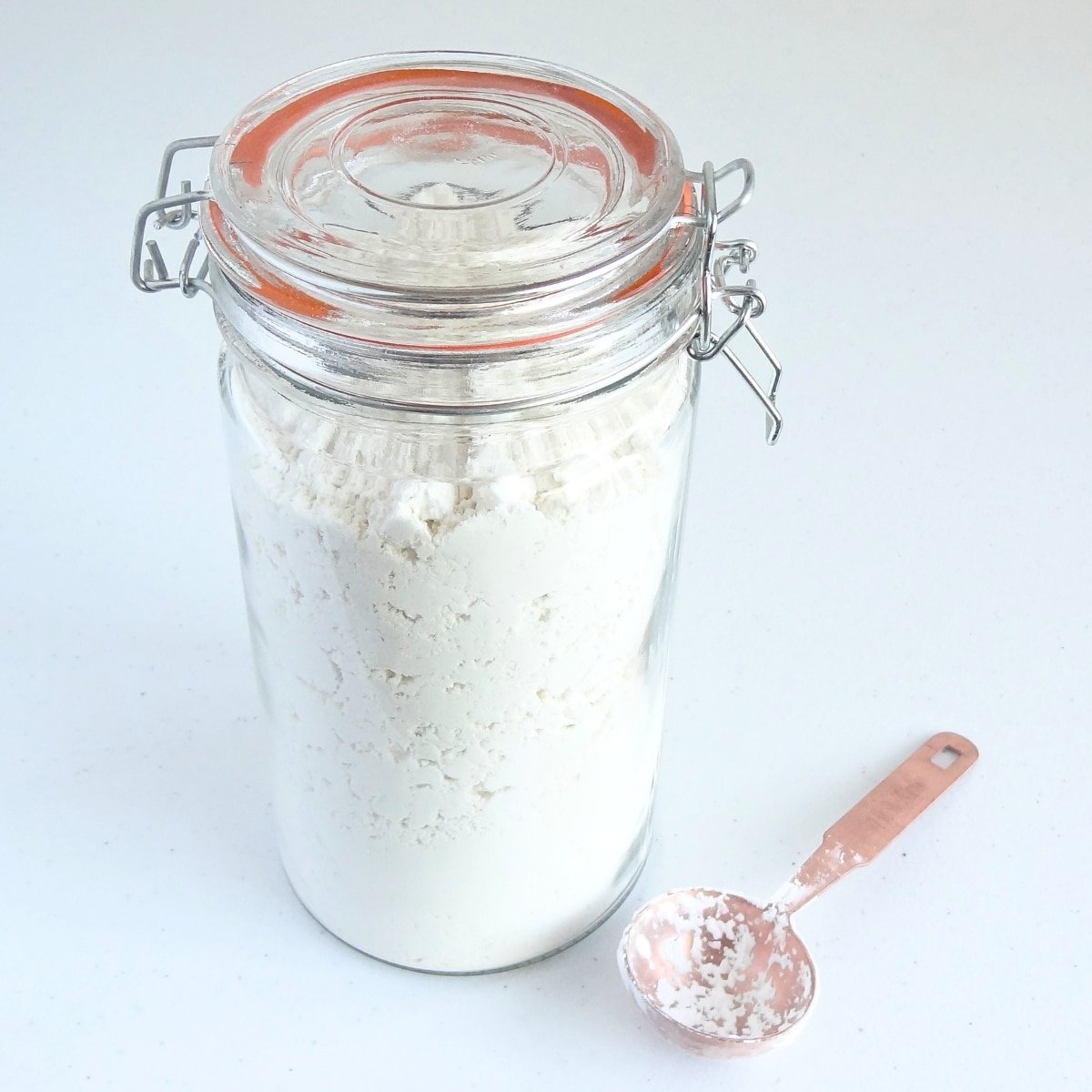
 203 views
203 viewsHow To Make Cake Flour
cupcakesavvyskitchen.com
Your folders

 298 views
298 viewsHow to Make Oat Flour
momables.com
4.9
(10)
3 minutes
Your folders

 469 views
469 viewsHow To Make Flour Tortillas
aspicyperspective.com
5.0
(9)
24 minutes
Your folders
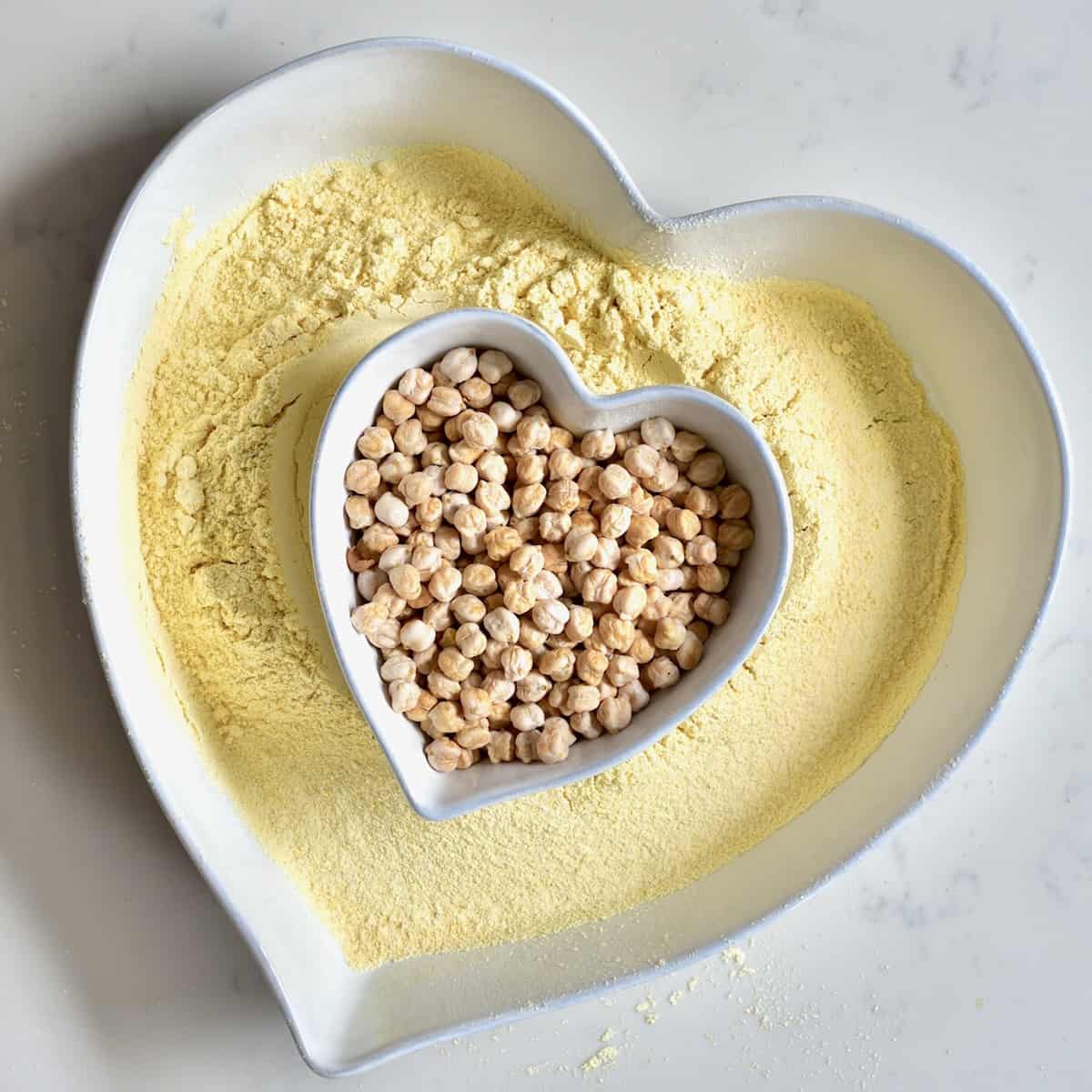
 910 views
910 viewsHow To Make Chickpea Flour
alphafoodie.com
5.0
(7)
10 minutes
Your folders
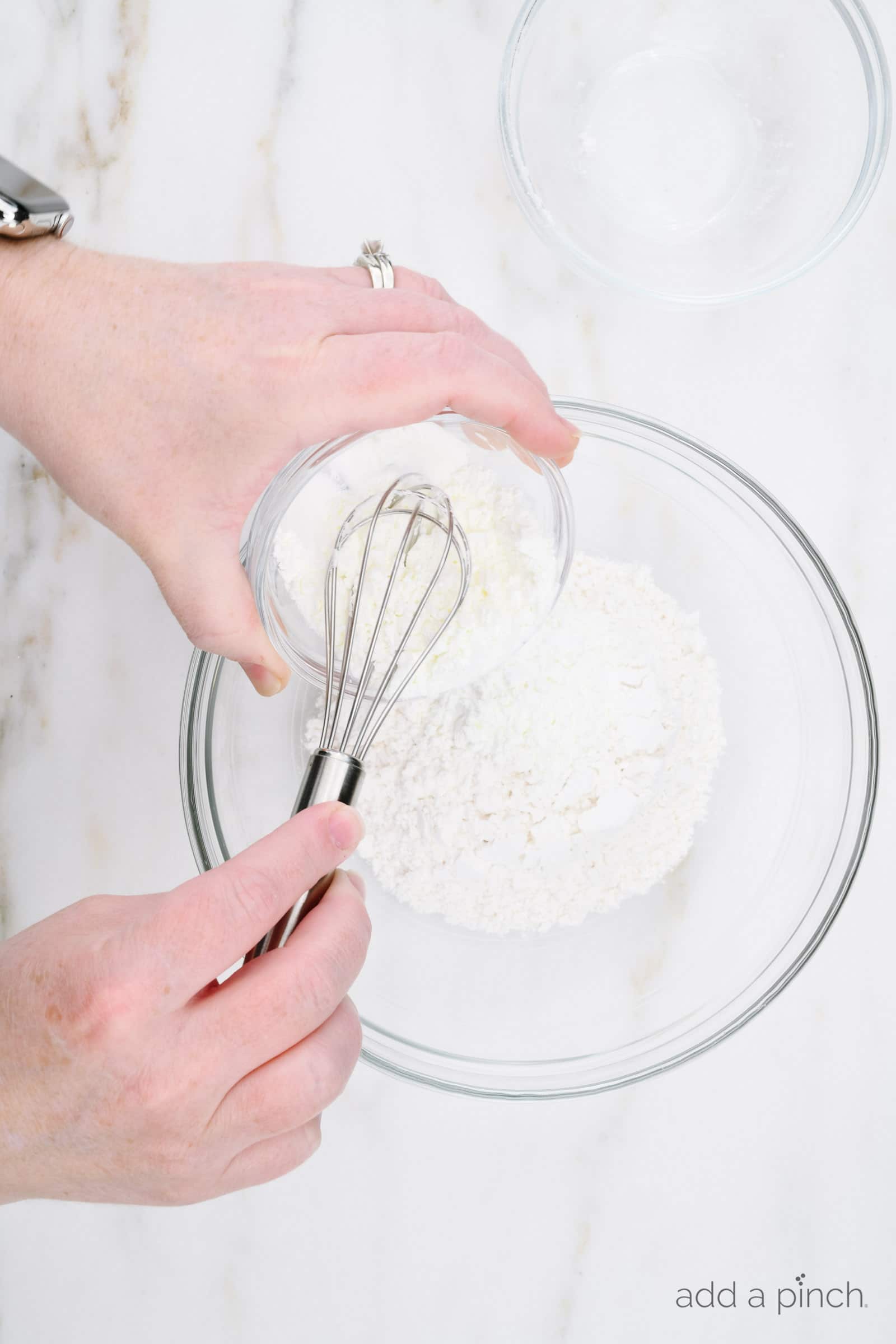
 589 views
589 viewsHow to Make Cake Flour
addapinch.com
5.0
(1)
Your folders
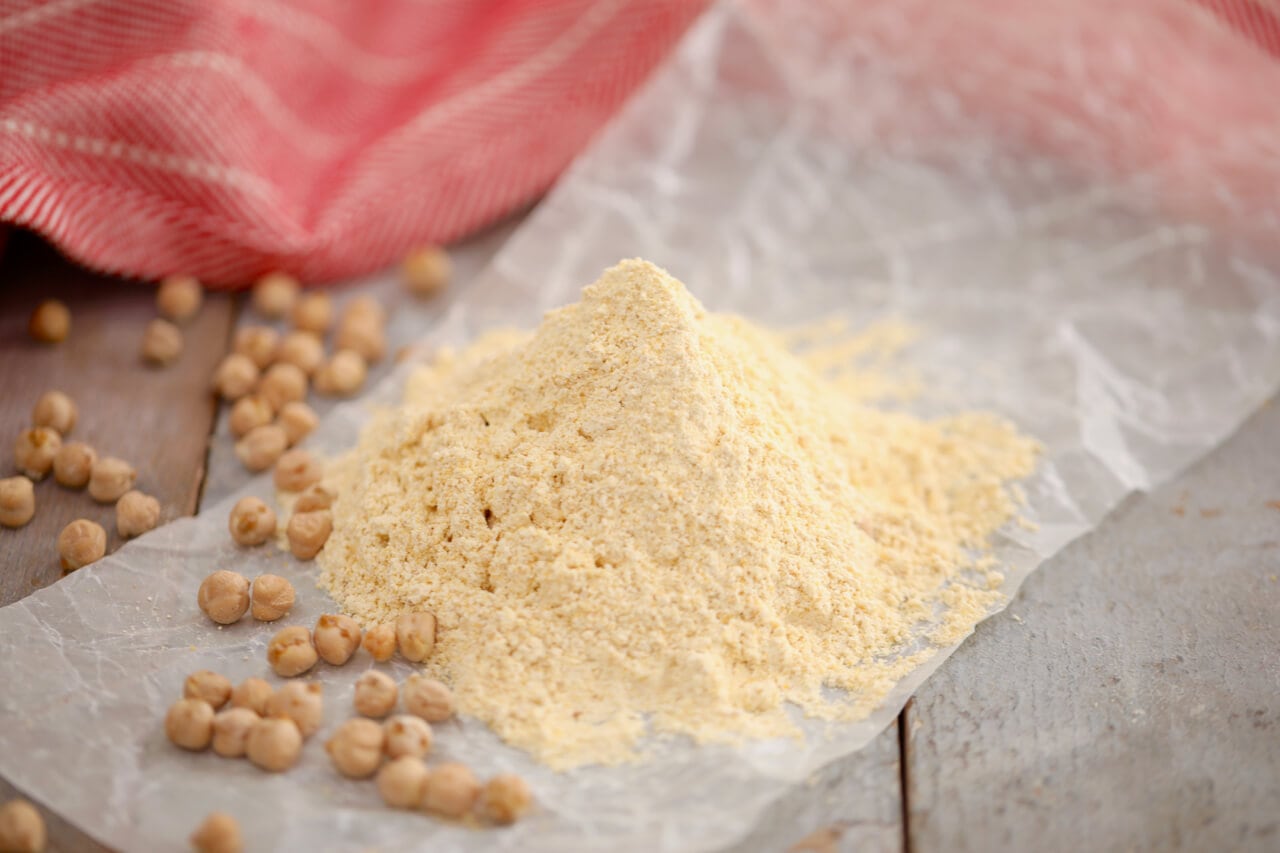
 561 views
561 viewsHow to Make Chickpea Flour
biggerbolderbaking.com
4.3
(96)
Your folders

 508 views
508 viewsHow to Make Almond Flour
minimalistbaker.com
5.0
(2)
Your folders

 453 views
453 viewsHow to Make Flour Tortillas
brokebankvegan.com
5.0
(4)
20 minutes
Your folders
 95 views
95 viewsHow to Make Flour Tortillas
brokebankvegan.com
Your folders

 538 views
538 viewsHow to Make Flour Tortillas
brokebankvegan.com
5.0
(4)
20 minutes
Your folders
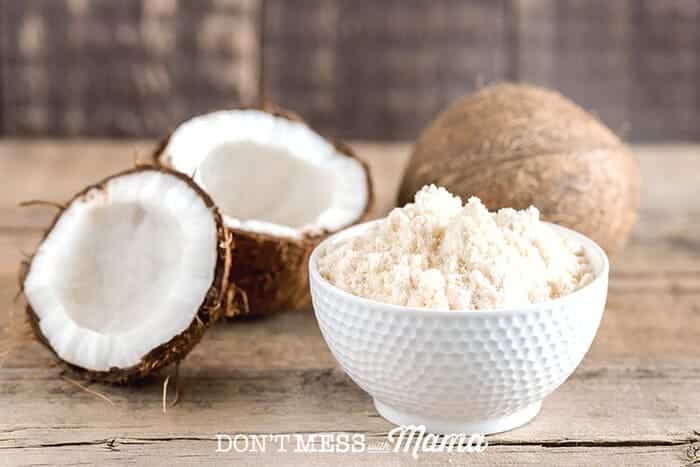
 570 views
570 viewsHow to Make Coconut Flour
dontmesswithmama.com
5.0
(4)
45 minutes
Your folders
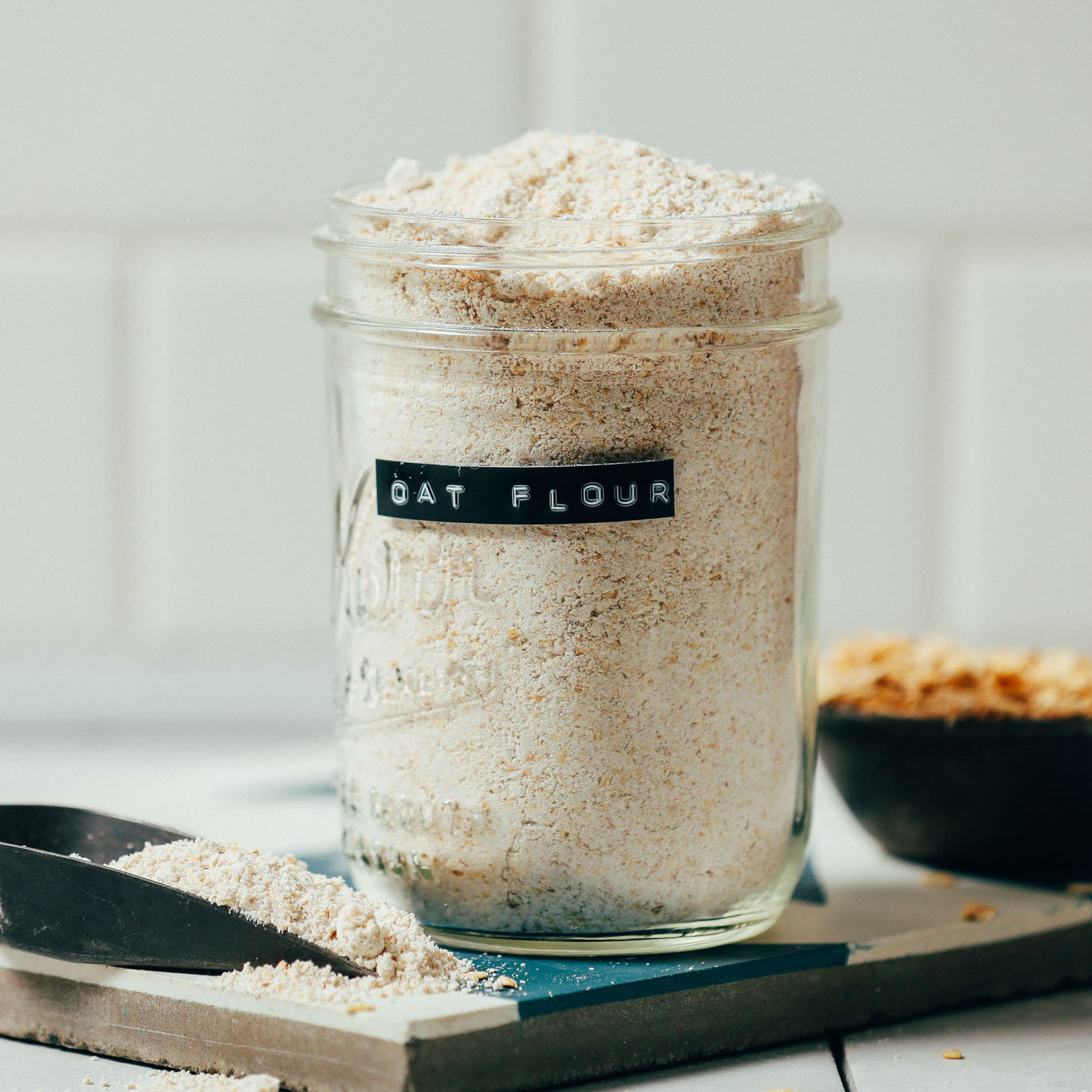
 413 views
413 viewsHow to Make Oat Flour
minimalistbaker.com
5.0
(1)
Your folders
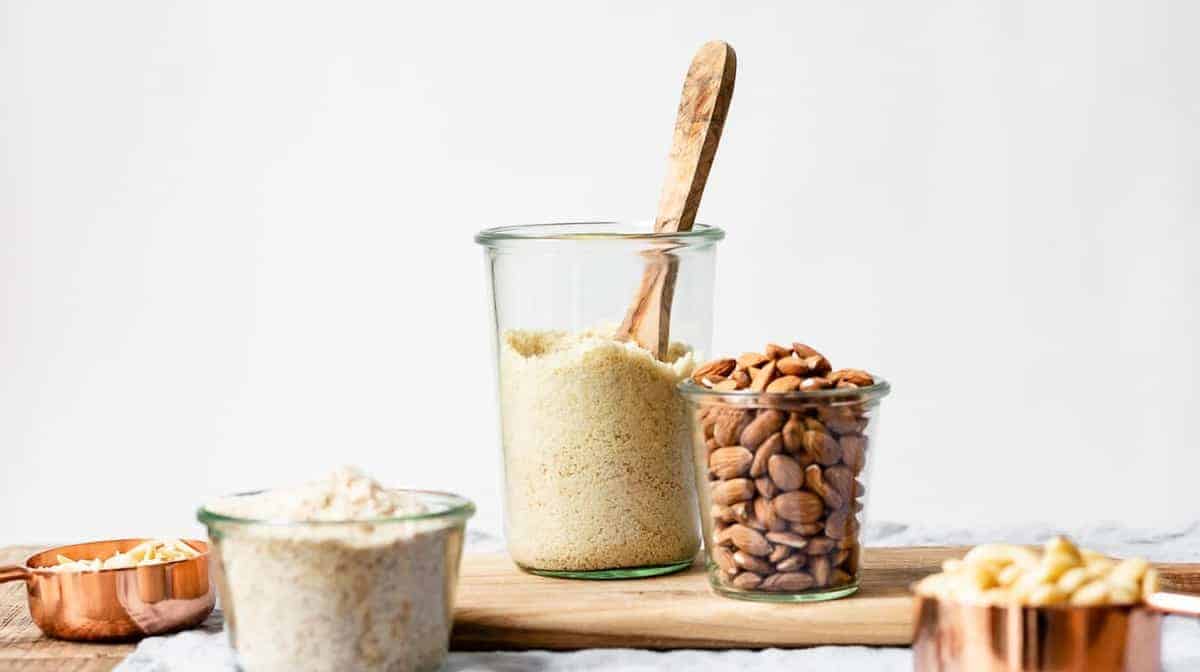
 287 views
287 viewsHow To Make Almond Flour
foolproofliving.com
5.0
(25)
Your folders
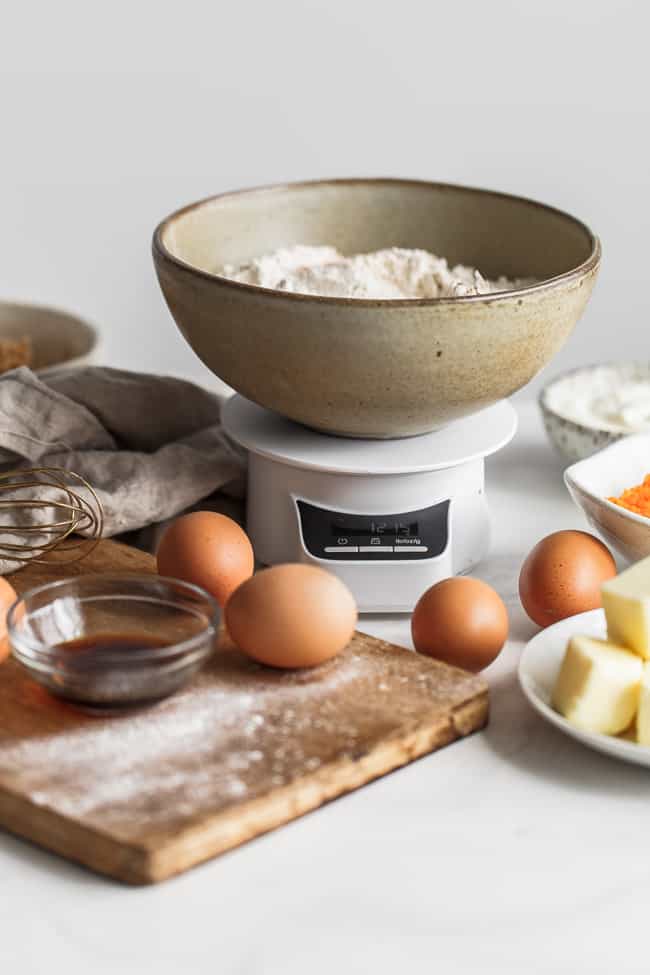
 260 views
260 viewsHow To Make Cake Flour
grandbaby-cakes.com
4.9
(9)
Your folders

 219 views
219 viewsHow To Make Flour Tortillas
sharedappetite.com